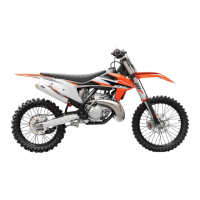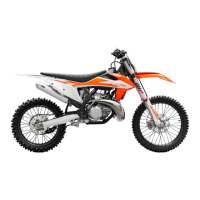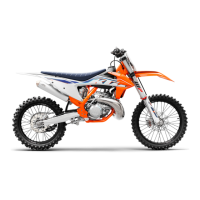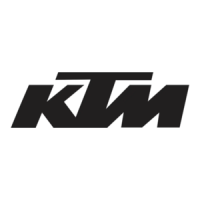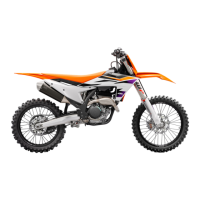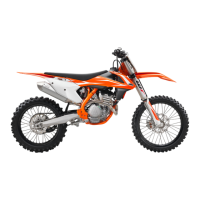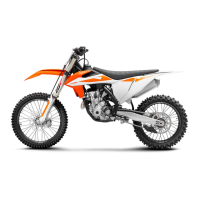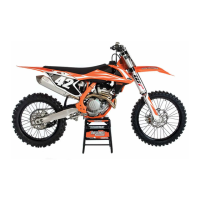Why is my KTM 250 SX 2021 engine overheating?
- RReginald BowmanJul 30, 2025
If your KTM Motorcycle engine overheats, several factors could be the cause. It might be due to too little coolant in the cooling system, so check for leakage and the coolant level. Insufficient airflow can also lead to overheating, so switch off the engine when stationary. Dirty radiator fins can restrict cooling, so ensure they are clean. Other potential causes include foam formation in the cooling system, which requires draining and refilling the coolant, a damaged cylinder head or cylinder head gasket, which should be inspected, or a bent radiator hose, which should be replaced.
